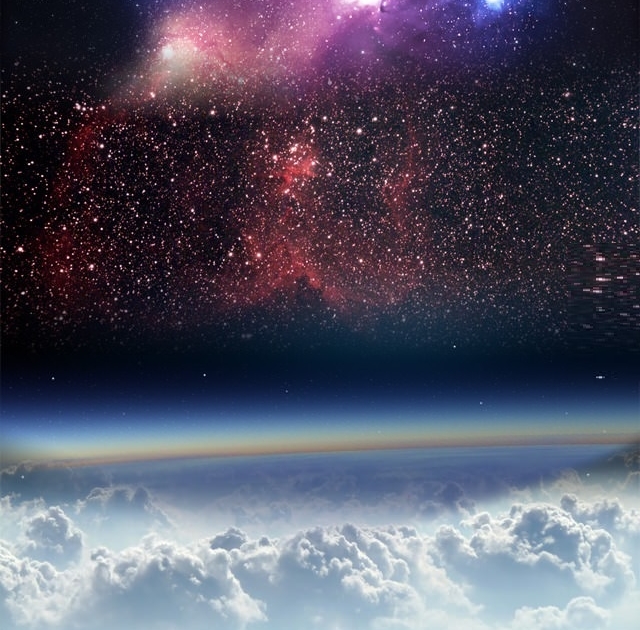

All we can say is that, as exoplanet discoveries point to billions, perhaps trillions of planets in our galaxy alone, the odds of answering this age-old question have never been better. Will we find life in the next 20 years? Maybe. New instruments such as NASA’s James Webb Space Telescope will allow for even more precision in determining the atmospheric composition of these far away planets, in search, among other things, for signs of life. We have barely scratched the surface, and there is still much to discover. But astronomers have only very recently begun to probe the atmosphere of exoplanets, expanding the search for life beyond the Sun’s realm. So far, the existence of life outside Earth is of course completely hypothetical. A tidally locked extrasolar planet with an atmosphere that allows for enough heat transport from the day side to the night side would perhaps have balmy enough temperatures for life to exist even if the sun never shines. While the Moon has a high noon temperature of 260 degrees Fahrenheit which then plummets to as chilly as minus 280F at midnight, on Earth the atmosphere and the oceans prevent such extremes. The side of the planet under perpetual night would also be game for life. Since life in their planet cannot stand sustained light deprivation, some among them might argue that no planet that is not tidally locked is able to support life, because every day there would be long periods of darkness. Would life that evolved in permanent daylight have a similar demand for sunlight as we have for air? Imagine the debate between the scientists of these tidally locked worlds, excluding planets like ours from their search for life in the universe. Our earthly brains, having evolved bathed in a permanent supply of oxygen, start to die within 5 minutes of air deprivation. Imagine a planet with magma oceans.Īny life that evolved on tidally locked planets would be adapted to this environment in ways that would seem very strange to us. The planet 55 Cancri e is such an extreme case: with a “year” of only 18 hours, its rocky surface on the day side melted. One side is constantly baked by the stellar radiation, while the other side is an astronomer’s dream of perpetual night.

Given enough time, this tug will slow down or spin up the Moon’s rotation, eventually making it match the exact orbital period around Earth.Ī number of extrasolar planets (planets around other stars) are so close to their stars that the huge gravity of their sun tidally locked them, as the Earth did to the Moon. If the Moon rotates with a period different than the period it revolves around the Earth, the tidal bulge will be off-center and Earth’s gravity will pull it towards alignment. This stretches the Moon’s figure into a slightly flattened shape, with the longer axis pointing towards Earth a “tidal bulge” in astronomer’s parlance. This situation is known as “ tidal locking”, and it comes about due to gravitational interactions between extended bodies: Earth’s gravity pulls the near side of the Moon more strongly than it pulls the far side. We are familiar with the fact that the Moon always presents the same face to the Earth as the Moon revolves around us, it spins on its axis at exactly the same time. The succession of day and night is an intrinsic part of being alive on the surface of planet Earth, and as a result a chronobiology responding to this cyclical alternation has evolved in our genes since the dawn of life.īut what if we had perpetual daylight or constant night, all the time? As a matter of fact, a sizable number of planets are precisely in this odd situation. Modern humans (astronomers and partygoers aside) get home from work and enjoy the cozy indoors.Īt every turn of our planet, night awaits to remove the shiny blue blanket that our star covers us with every day, and to expose us to the dazzling darkness of the universe. Ancient humans would retreat to the safety of caves, where they would attempt to recreate the warmth of daytime with the control of fire. Sunflowers start a slow motion to face east again, awaiting the Sun’s return. Diurnal animals den up to avoid the cold night air, while nocturnal birds stretch their wings in search of prey with poor night vision. As a new sunset spreads rich scarlet hues across the sky, fauna and flora respond in different ways.


 0 kommentar(er)
0 kommentar(er)
